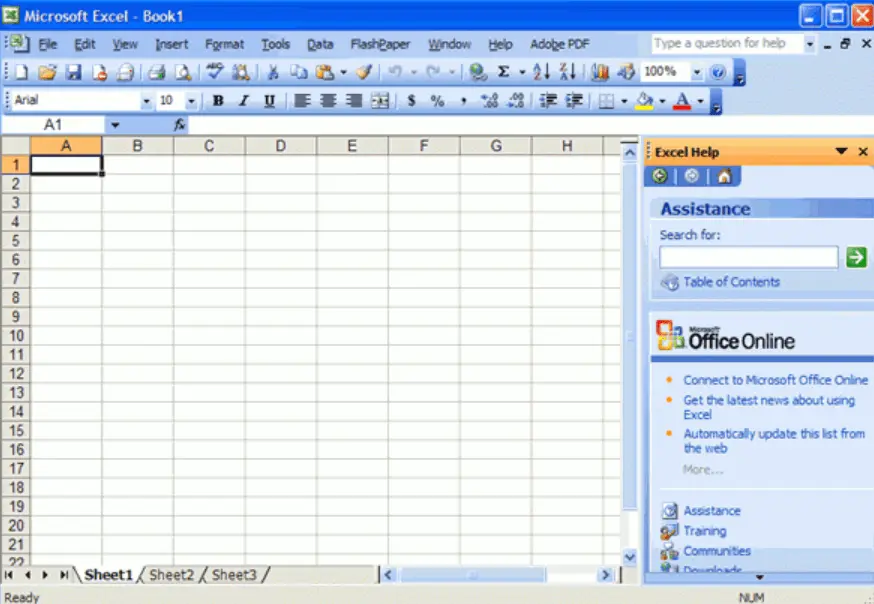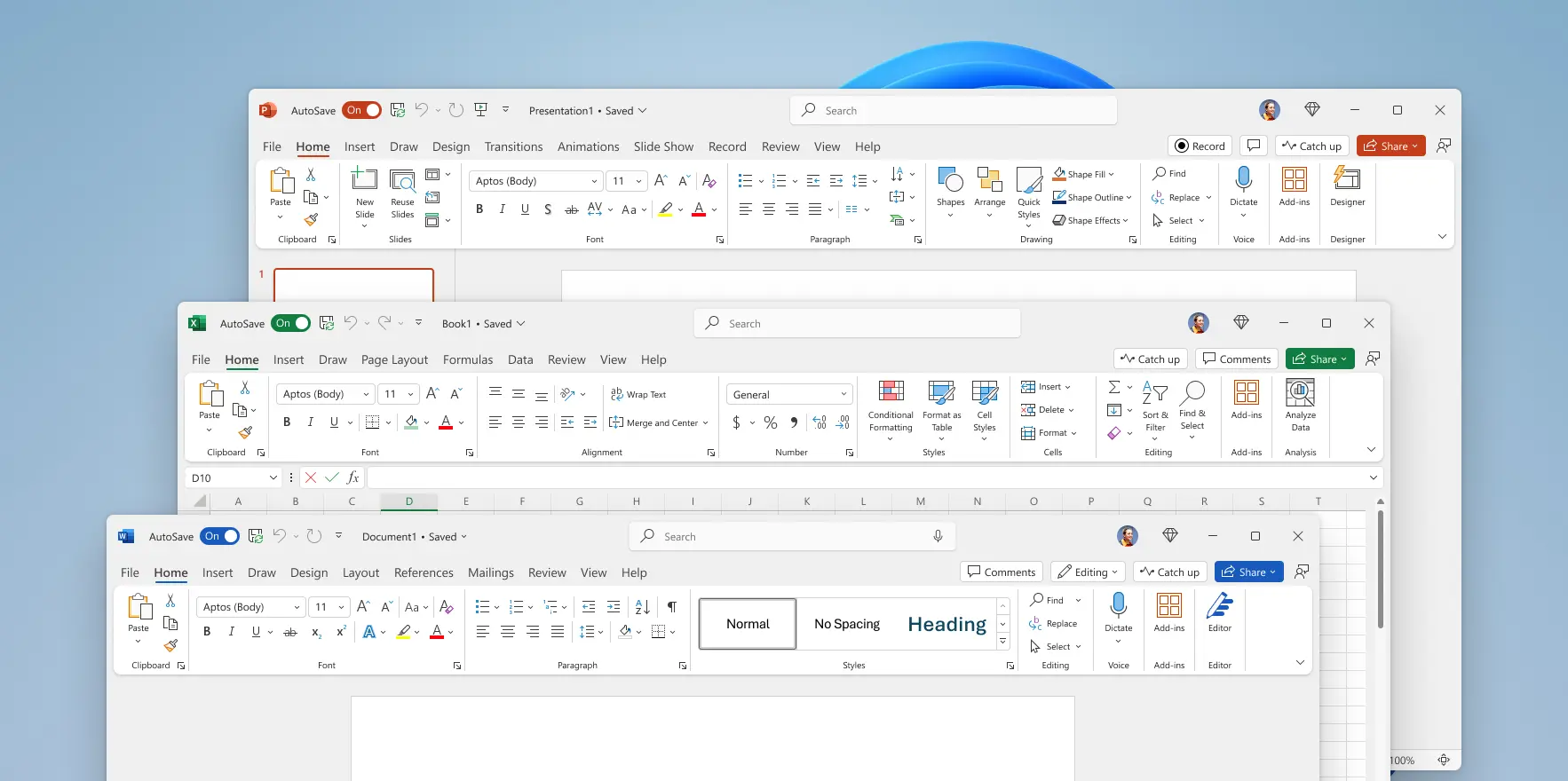this post was submitted on 19 Sep 2024
262 points (83.4% liked)
Technology
59568 readers
4570 users here now
This is a most excellent place for technology news and articles.
Our Rules
- Follow the lemmy.world rules.
- Only tech related content.
- Be excellent to each another!
- Mod approved content bots can post up to 10 articles per day.
- Threads asking for personal tech support may be deleted.
- Politics threads may be removed.
- No memes allowed as posts, OK to post as comments.
- Only approved bots from the list below, to ask if your bot can be added please contact us.
- Check for duplicates before posting, duplicates may be removed
Approved Bots
founded 1 year ago
MODERATORS
you are viewing a single comment's thread
view the rest of the comments
view the rest of the comments


Btw, just so you know, Libre Office has multiple UIs, incliuding a Ribbon-like variant. View > User Interface.
But they let you choose.
Exactly, this is the way. I use it w/o the ribbon, but I like that the ribbon is an option for those who like it.
Well a big problem is when a UI has a small learning curve that then gives a huge benefit in usability, letting the user decide based on their feelings might lead to them having a worse off experience in the end, is that something you'd be open to getting people complaining about not finding their options day and night while they stubbornly avoid the ribbon?
Sure. If they prefer to not use the ribbon, UX have two options:
Eliminating the non-ribbon UX is more likely to alienate those users than to actually improve anything.
But the ribbon is the improvement over the non-ribbon UX. There's just no pleasing some people who don't want anything to change, even if they're currently struggling to use all the tools they have available and they've stockholmed themselves into learning workarounds. Someone else posted about how before the ribbon, when asked for features to add, people asked for features that they already had access to, but didn't know about it
It's really not though. The ribbon:
And that's why there should be two options, just like LibreOffice has done. Have a simpler UX for new users, perhaps based on a ribbon UI, and leave the more compact UX for power users. The problem isn't that the ribbon sucks innately, it's just that it's not ideal for power users.
I simply dislike the connection that clean modern design is for noobs and power users just need a list and that's it. It's not like the design is made without consulting or taking in data from advanced users, and if you're truly a power user you can customise it and make it your own. No, I believe that's just stubbornness to trying something new, or lack of openness to do so when it's not a priority to evolve your workflow, you simply want to get from A to B. Feel free to correct me, but tight compact layouts aren't inherently power user friendly, just as padded grouped layouts aren't inherently anti-power user
Modern design has, by definition, a lot of negative space, which by definition means fewer functions can fit on the screen at the same time. I certainly appreciate clean design, but the tools I use the most as a power user are fairly obtuse to get into:
And other than vim and regex (learned in school), I learned all of those (and more!) after entering the workforce, some of those ~10 years after, and I'm constantly learning new tools (e.g. we use macOS at my current job, and this is my first time using macOS full-time in my career). So I don't think it's really about being stubborn, but frustration when the tools you're familiar with change drastically. If it was an option, I might try it and swap between it sometimes, but if I'm forced to use the new UX, I'm going to be pissed.
I'm not saying "tight compact layouts are inherently power user friendly," I'm saying power users are comfortable with a certain workflow and know where all their tools are, and then when everything gets jumbled, they have to go relearn everything. It's like when my MIL comes and reorganizes our kitchen, my SO and I get pissed trying to find everything again. Once you learn a compact tool, it's really easy to find what you want, whereas when a tool has a lot more negative space, less fits on the screen and you have to go find the stuff you want (i.e. click a different ribbon menu, then click the tool, instead of just clicking the tool).
That's why I think both should be an option. If you decide your workflow only needs a handful of tools, you should be able to ditch the ribbon and make a toolbar with just those tools (which includes some in the menus).
last time i used libre office was probably more than a decade ago and it was atrocious. did they make things better?
because i still don't have ms office and would like to have an alternative to edit documents other than uploading a file to google docs and downloading it back.
I think they got better.
But there's still other (closed source) office suites in a pinch.